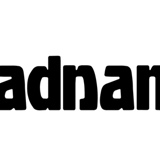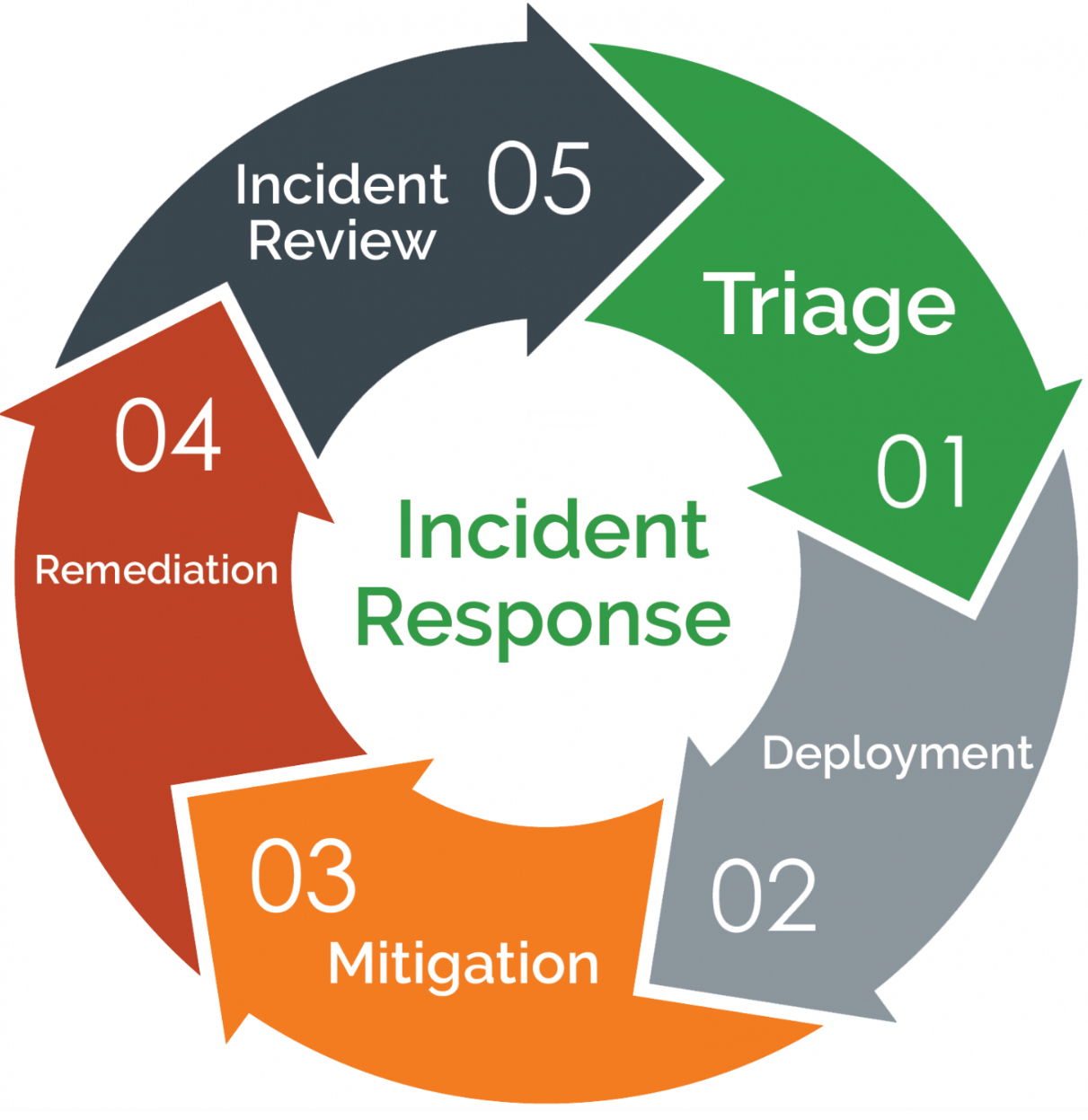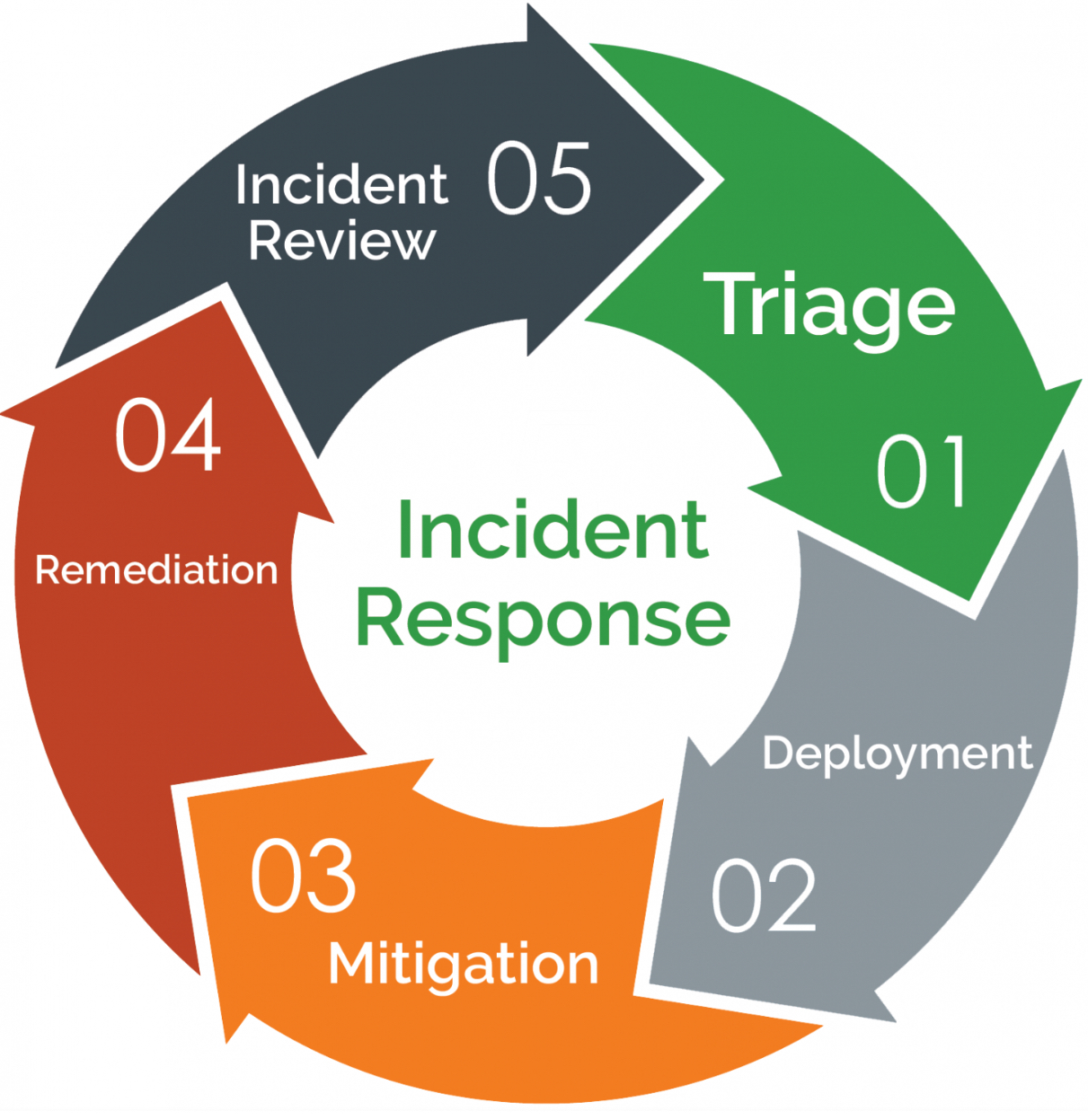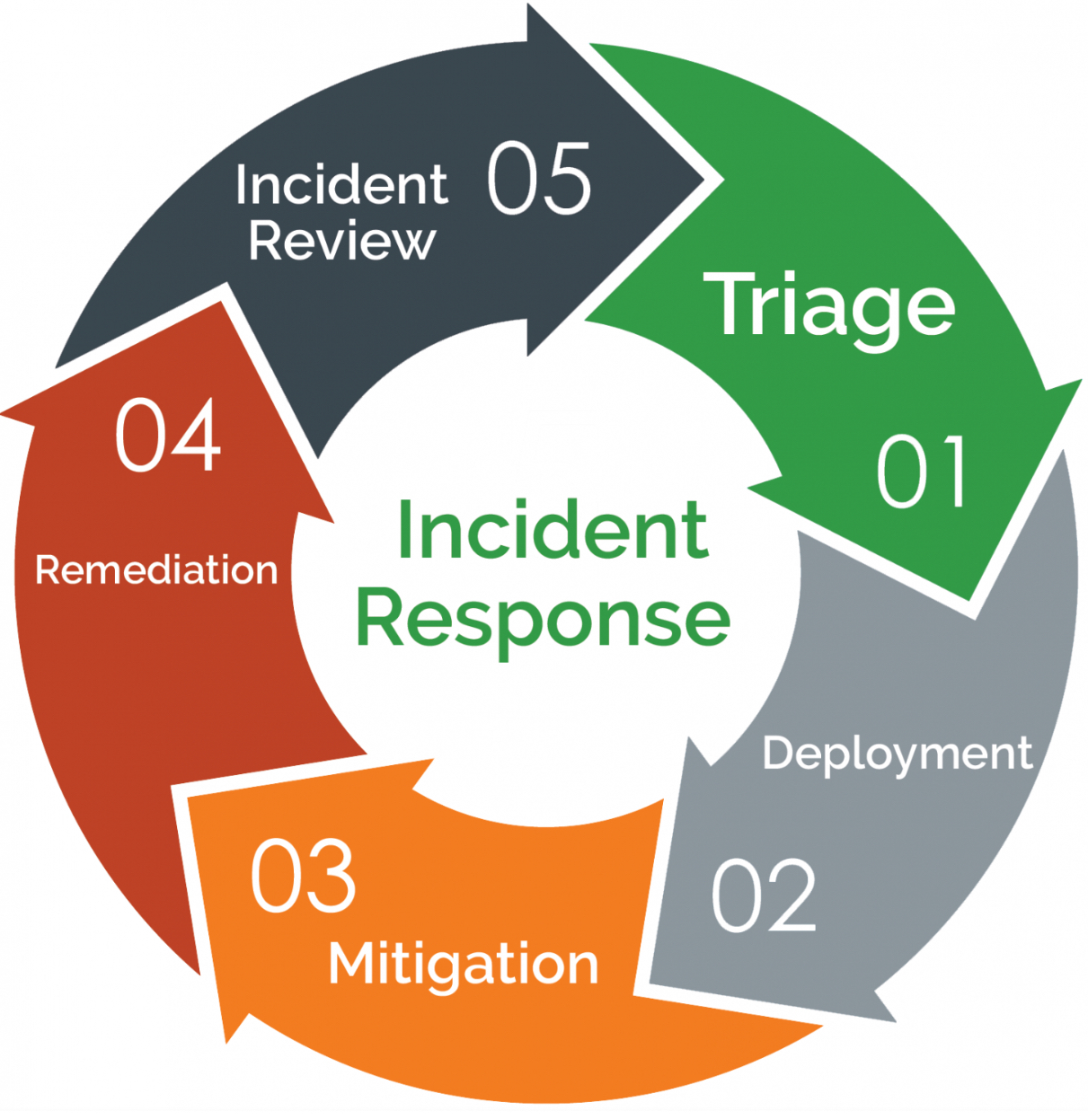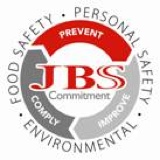Information
-
Document No.
-
Audit Title
-
Client / Site
-
Conducted on
-
Prepared by
-
Location
-
Personnel
Incident Summary
-
Is anyone injured?
Injured Worker
-
Workers Name
-
Date of Birth
-
Occupation
-
Time in the role
-
Injuries sustained: Refer to the Med Cert
-
Rehabilitation - Suitable duties: Refer to the Med Cert
-
Injury Date and Time
-
Activity when the Incident occured
-
Address and specific location of the Incident
-
WITNESS DETAILS
-
Was there a witness to the event?
Witness
-
Name of Witness
-
Contact Phone Number
-
INCIDENT TYPE
-
Is it a notifiable event? - Refer to event definitions section if you are unsure
-
Notify the Group Safety Manager Immediately on 0419 735 076 or the Group Safety Operations Manager on 0409 486 768
-
Cordon off the area and ensure the scene remains undisturbed. WHS will give permission to clean up the scene either directly or via the Group Safety Manager.
-
Relevant machinery tagged and isolated until declared safe to use
-
Relevant materials and items impounded for investigation
-
Authorities involved e.g. Police, Inspectorate, Ambulance etc. If ticked please give details below
-
Authorities Detail
-
Notifiable Event Definitions - Activate switch for detail
-
Serious Injury or Illness
The Work Health and Safety Act 2011 and the Safety in Recreational Water Activities Act 2011 set out that a serious injury or illness of a person is:
an injury or illness requiring the person to have:
- Immediate treatment as an in-patient in a hospital
Immediate treatment for:
- the amputation of any part of his or her body
- a serious head injury
- a serious eye injury
- a serious burn
- the separation of his or her skin from an underlying tissue (such as degloving or scalping)
- a spinal injury
- the loss of a bodily function
- serious lacerations or
- medical treatment (treatment by a doctor) within 48 hours of exposure to a substance
Any infection to which the carrying out of work is a significant contributing factor, including any infection that is reliably attributable to carrying out work:
- with micro-organisms; or
- that involves providing treatment or care to a person; or
- that involves contact with human blood or body substances; or
- that involves handling or contact with animals, animal hides, skins, wool or hair, animal carcasses or animal waste products.
The following occupational zoonoses contracted in the course of work involving the handling or contact with animals, animal hides, skins, wool or hair, animal carcasses or animal waste products:
- Q fever
- Anthrax
- Leptospirosis
- Brucellosis
- Hendra virus
- Avian influenza
- Psittacosis.
'Treatment' means the kind of treatment that would be required for a serious injury or illness and includes 'medical treatment' by a registered medical practitioner, treatment by a paramedic or treatment by a registered nurse practitioner.
Dangerous Incident
A dangerous incident is an incident in relation to a workplace that exposes a worker or any other person to a serious risk to a person's health or safety emanating from an immediate or imminent exposure to:
- an uncontrolled escape, spillage or leakage of a substance
- an uncontrolled implosion, explosion or fire
- an uncontrolled escape of gas or steam
- an uncontrolled escape of a pressurised substance
- electric shock that is not a serious electrical incident or a dangerous electrical event
- the fall or release from a height of any plant, substance or thing
- the collapse, overturning, failure or malfunction of, or damage to, any plant that is required to be authorised for use in accordance with the regulations
- the collapse or partial collapse of a structure
- the collapse or failure of an excavation or of any shoring supporting an excavation
- the inrush of water, mud or gas in workings, in an underground excavation or tunnel
- the interruption of the main system of ventilation in an underground excavation or tunnel -
Photo's of the scene and any associated equipment, areas, signs, damage, product
Injury / Damage Details
-
Refer to the Med Cert for detail - List all details of damage incurred during the incident
Incident Details
-
Describe in detail how the incident occurred
Incident Analysis Checklist
-
1.0 TASK FACTORS
-
Was the task routine? e.g. performed regularly
-
What special precautions or instructions were given and by whom?
-
Was a written Safe Work Method Statement (SWMS) in place
-
If Yes, was the SWMS followed and if not, why not?
-
Why was the SWMS not followed?
-
Had the task been changed, which made the job less safe?
-
How was the task changed?
-
Was the task difficult or awkward to follow?
-
Why was the task difficult or awkward?
-
2.0 MANUAL HANDLING FACTORS
-
ACTIONS AND POSTURES
-
Did the task require: Bending, Twisting, Stretching or Reaching?
-
How is this a requirement of the task?
-
Does the task require: Lifting, Pushing or Pulling?
-
How is this a requirement of the task?
-
Does the task require: Carrying or Holding?
-
How is this a requirement of the task?
-
Does the task require: Sudden or Jerky Movements?
-
How is this a requirement of the task?
-
Does the task require: Awkward or Cramped Posture?
-
How is this a requirement of the task?
-
LOADS
-
Was the weight of the object/s a contributing factor?
-
How was this a contributing factor?
-
Was the size of the object/s a contributing factor?
-
How was this a contributing factor?
-
Was the Job Design a contributing factor?
-
How was this a contributing factor?
-
We're repetitive actions/movements a contributing factor?
-
How was this a contributing factor?
-
Was the equipment or a lack of, a contributing factor?
-
How was this a contributing factor?
-
3.0 EQUIPMENT AND MATERIAL FACTORS
-
EQUIPMENT
-
Was equipment or plant being used?
Plant or Equipment
-
Make
-
Model
-
Serial number and or registration number
-
Condition
-
Was the type of equipment or plant suitable for the job?
-
How was it inappropriate (e.g. Poor design, inadequate capacity, too heavy, not suitable for the terrain or environment)
-
Was the equipment maintained in safe operational condition?
-
How was it not maintained in a safe operational condition?
-
Did the equipment malfunction or fail?
-
How did the equipment fail?
-
What safeguards were applicable for the equipment?
-
Were they in position at the time of the incident
-
Why were they not in position?
-
Were the safeguards adequate?
-
Why were they not adequate?
-
MATERIALS
-
What materials were being used?
-
Were the materials appropriate for the task and equipment?
-
How were they not appropriate?
-
HAZARDOUS SUBSTANCES
-
Were hazardous substances involved?
-
What were they, please list all hazardous substances
-
Were the hazardous substances clearly labelled and identified?
-
Why were they not identified or labelled?
-
Were they used with appropriate controls and precautions?
-
Why were the controls not used and were any other controls used in their place?
-
Are there less hazardous substances/materials available?
-
List all less hazardous substances/materials
-
PERSONAL PROTECTIVE EQUIPMENT
-
What PPE was applicable to the task please list all?
-
Was the PPE available?
-
Why was it not available?
-
Was the PPE used at the time of the incident?
-
Was the PPE used effective?
-
Why was it not used?
-
4.0 ENVIRONMENTAL FACTORS
-
Was poor Housekeeping involved ?
-
Describe the problem
-
Did the weather conditions contribute?
-
If so, How did the weather contribute?
-
Were toxic gasses, dusts or fumes present and if so did they contribute to the incident?
-
In what way did they contribute?
-
Were the following adequate/within acceptable levels? If no please describe why not.
-
Area access
-
Describe the issue
-
Floors and flooring
-
Describe the issue
-
Lighting
-
Describe the issue
-
Ventilation and factory airflow
-
Describe the issue
-
Factory/Work area ambient temperature and humidity
-
Describe the issue
-
Area noise levels
-
Describe the issue
-
Safety/Warning Signage
-
Describe the issue
-
5.0 PERSONAL FACTORS
-
Was the injured/other worker(s) suited and authorised to do the job?
-
Explain the issue e.g. lack of experience/unlicensed, ill health, physically unable etc
-
Was the person affected by drugs or alcohol? (whether legal medications or not)
-
Was a drug and alcohol test conducted?
-
Where, When and by Whom?
-
Why was a test not conducted?
-
Had the worker(s) been adequately trained for the task?
-
By who and when?
-
Why was the worker(s) not trained?
-
Were any workers tired or under stress or pressure?
-
Describe the circumstances relating to this
-
6.0 MANAGEMENT SYSTEMS
-
Were effective systems in place for the following?
-
Were safe work procedures in place?
-
Were safe work procedures enforced?
-
Was there adequate supervision?
-
Were the workplace hazards identified? i.e. Risk assessment completed of controls known and enforced
-
Had unsafe conditions been corrected? i.e. Pre-start checklist completed
-
Was a regular maintenance schedule in place?
-
Was a preliminary assessment conducted on new plant, equipment or materials?
-
7.0 DOCUMENTATION
-
Were the following documents available? If yes you must provide evidence.
-
Worker induction records
-
Training records
-
Certification, Licenses and registration records
-
Maintenance records
-
Pre-Start, Daily and Weekly inspection records
-
Risk Assessments
-
Key Safety Actions or Job Safety Analysis
-
Safe Work Method Statements (SWMS)
-
Recent incident investigations (internal or external)
-
Regulation and code requirments
-
Photo's or video
-
Company policy and or procedures
-
Witness Statements
-
Works orders or product stickers
-
SDS sheets and their associated risk assessments
Incident Analysis Outcomes and Specific Actions
-
Using the findings of the analysis checklist above list all identified incident causes
Incident Cause
-
Based on the incident causes list all specific actions to be completed
Specific Action
-
CAR Register Number
-
Supervisor/Team Leader
-
Actions
-
Production/Operations Manager
-
Actions
-
Branch Manager
-
Actions
-
Safety Committee
-
Actions
